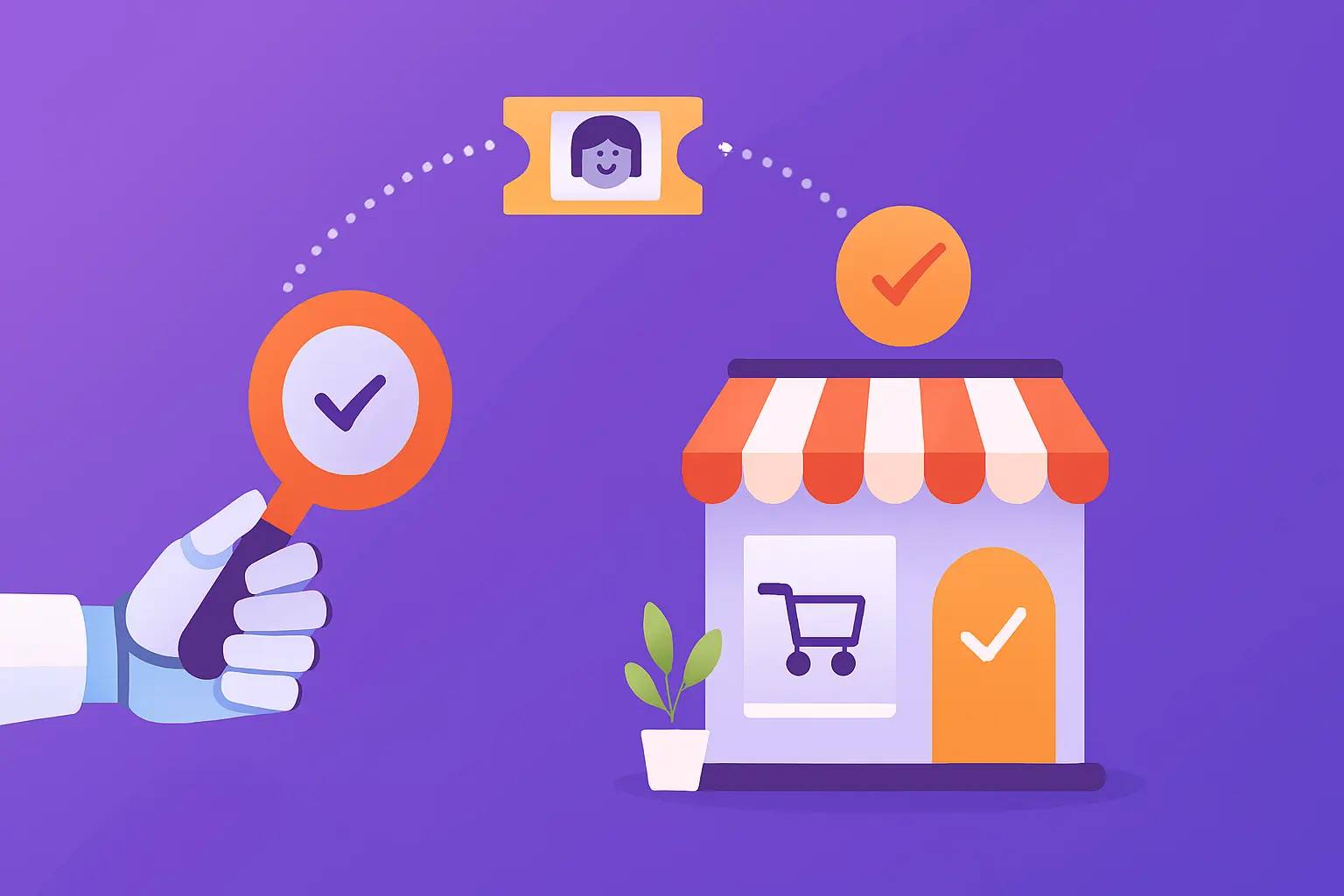How to Build a Customer Intimacy Strategy? (With Examples)
- May 3, 2022
- 11 mins read
- Listen

Undeniably, this is the ‘Age of the Customer’.
A perfect storm of technology and business model disruption has fundamentally changed the business landscape. Digital accelerating technologies led to digitization and gave rise to digital ecosystems.
One of the defining features of the digital era, is the unprecedented choice, access, and control that the customer has on how and when a product or service is consumed.
In such a dynamic business environment, where customer expectations are continuously evolving, it is a challenge for businesses to not only define customer intimacy, but also to consistently deliver amazing customer experiences.
Most businesses have understood how customer intimacy is one of the cornerstone value disciplines and has dramatically transformed in the digital era.
What is Customer Intimacy?
The definition of customer intimacy is catering to customer needs and meeting their expectations. It is putting a focus on relationship marketing and fostering long-term client relationships and customer lifetime value.
A well defined customer intimacy strategy includes close customer communication and resource creation to help customers get the most out of the products or services.
Strategy experts – Michael Treacy and Fred Wiersema, “No company can succeed today by trying to be all things to all people. It must instead find the unique value that it alone can deliver to a chosen market.”
While customer intimacy is beneficial for almost all industries and business models, it is a vital practice for B2B companies that thrive off of long-term collaborations instead of one-off purchases.
The below video showcases the real power of customer intimacy for businesses.
Why is Customer Intimacy Important?
Customer intimacy is the ultimate customer-centric model, resulting in long-term relationships with the most valuable and profitable customers. It’s not easy to achieve, however.
For most businesses, becoming customer intimate is more of a transformation than a transition.
Primarily, it involves a reversal of the normal ‘logic’ of business — and the next a significant organizational change.
The key reasons why customer intimacy is important for any business are as follows:
- Increase conversions: When you put effort to understand your customer needs and align your product/services accordingly, there is an increase in sales.
- Strengthen customer relationships: When businesses prioritize customers and their expectations eventually there develops a long lasting relationship.
- Increase customer lifetime value (CLV): If your product or services are more focused towards meeting customer expectations they choose you always that increases the lifetime value.
- Boost customer loyalty: With well-executed marketing programs, you can increase customer loyalty, retain customers, reduce turnover and drive profits.
Customer Intimacy Business Model
A good customer intimacy business model or strategy is how an organization chooses to separate from the competition. It starts with staying ahead with customer needs, modifying the product and service to fit with their wants.
The companies that have taken leadership positions in their industries in the last decade typically have done so by narrowing their business focus, not broadening it.
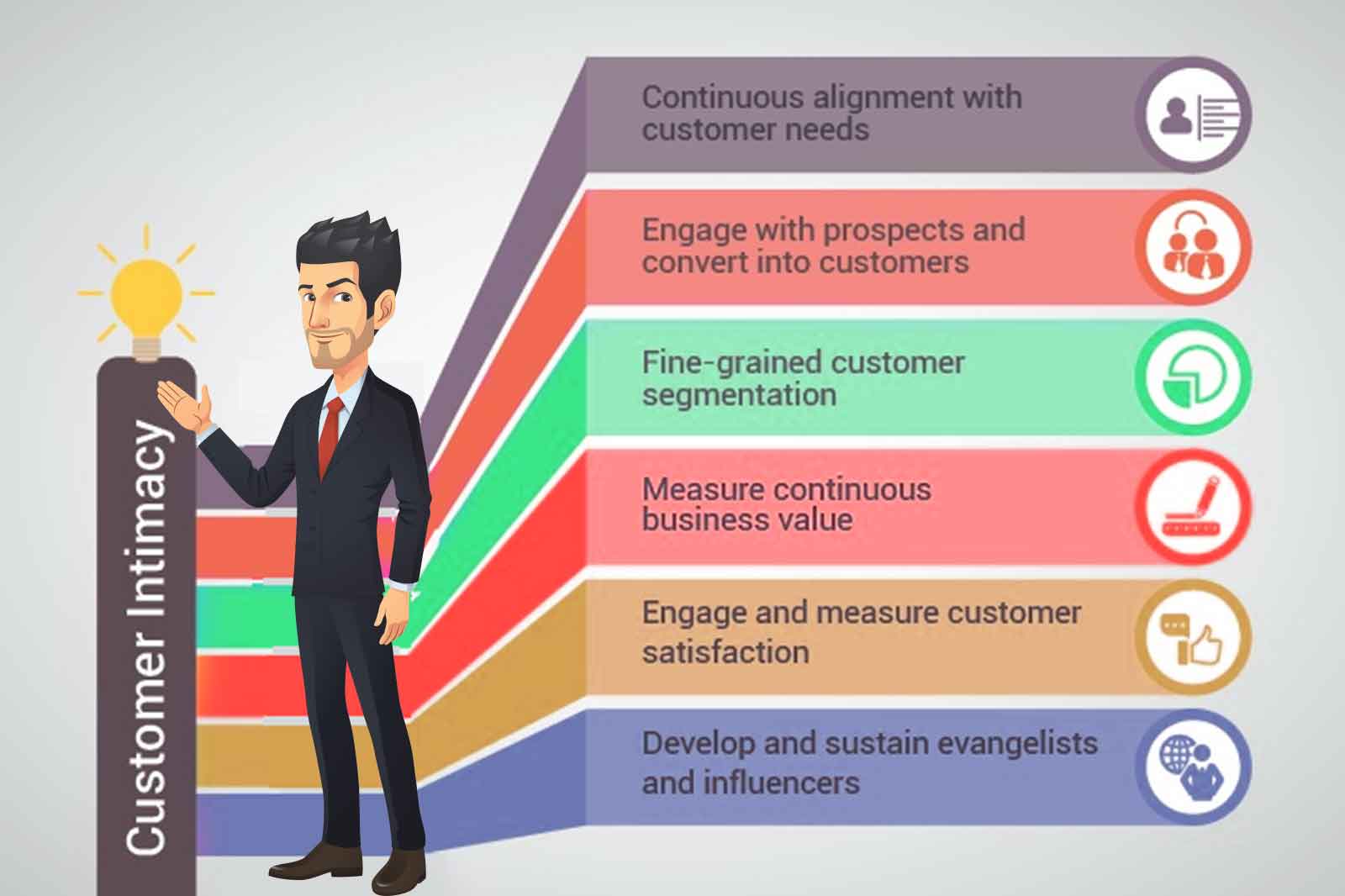
They have focused on delivering superior customer value in line with one of three value disciplines – operational excellence, customer intimacy, or product leadership.
How to Build a Customer Intimacy Strategy? (With Examples)
Driving customer intimacy in the digital era is all about consistently delivering amazing digital experiences, and given the complexity of the digital ecosystem, there is no single, magic bullet that will help you achieve this goal.
What is needed is a holistic, 360° approach to drive customer intimacy, and some of the key strategies that will help you excel in this value discipline are briefly described below:
1. Follow a Customer Centric Policy
Today, being acutely aware of service is more important than ever.
According to KPMG, 88% of CEOs are concerned about customer loyalty, realizing that mastery of the customer agenda is essential.
Businesses that are customer obsessed witness long term benefits. Creating customer service policies that actually benefit and help customers get more value out of your product or service.
Being customer-centric involves more than just saying the customer is top of mind. It is about truly understanding them, to anticipate their wants, needs and communication preferences, create meaningful experiences, and build lasting relationships with them.
Zappos is globally known for being a customer-centric company holding amazing policies like:
- The ability to send back shoes you don’t like free of charge
- Free shipping both ways to reduce risk for the customer
- A 365-day return policy
It actually showcases a commendable shift in delivering a service that met what customers were looking for and it came from a commitment to listening and responding to customer needs.
2. Understand your customer journey
Understanding the different stages of the customer journey is one of the major challenges that businesses face in order to improve customer intimacy.
Learning your customer needs starts from the prospecting stage itself. Customer intimacy in the digital era calls for a sophisticated approach to:
- Identifying target markets
- Defining ideal customer profile
- Understanding what kind of ‘value’ message will resonate
- How you engage with prospects
Having a customer journey map can illustrate more than a funnel to a one-time purchase. In fact, it can be a journey through the customer experience.
Starbucks for example – The customer journey starts right when the customers enter the cafe. From the roasted coffee beans to the warm and welcoming lighting, they already know your name and order. And the background music is set at the right volume allowing people to work in peace or have small talk.
When the goal of customer intimacy is about forming long-term relationships, a journey map is one of those must-have strategies. Furthermore, learning to anticipate client needs will allow you to recognize a pattern and deliver custom products and services.
3. Offer Prompt Customer Service
Did you know that 66% of customers believe that valuing their time is the most important thing for great customer experience?
Resolving customer queries faster is a cornerstone of good customer service.
Hence, businesses that need to provide 24×7 support should leverage digital customer engagement tools such as live chat and chatbot.
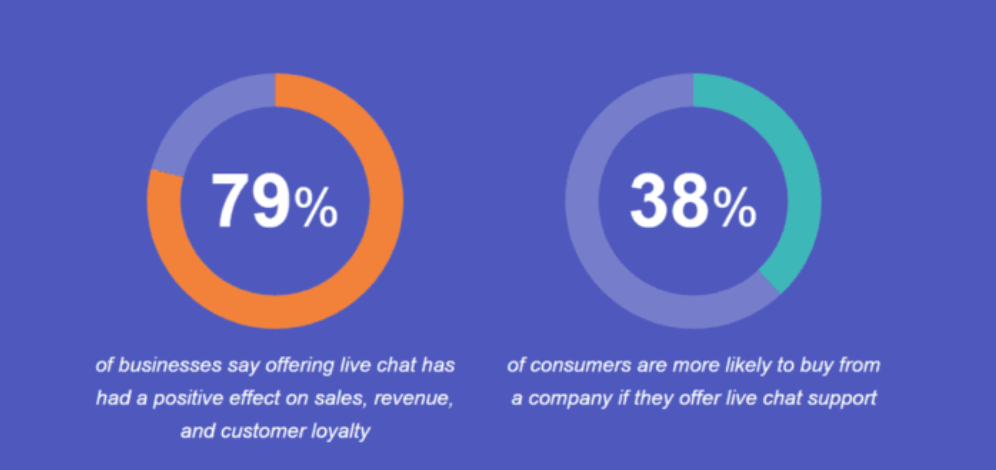
When customers get what exactly they are looking for, their satisfaction increases. If you focus on putting extra effort towards exceeding customer expectations, it will certainly be a wise decision. You will be able to delight your customers with your instant service.
How can digital tools empower your customer intimacy model?
- Provide real time support – You can connect with your customers with live chat to deliver real time assistance for sales and support queries.
- Automate your customer support – Use customer service chatbots to engage with customers 24×7 and answer their simple queries promptly.
REVE Chat is an omnichannel customer engagement platform that helps to engage customers round the clock and meet their expectations. Sign up with REVE Chat and know your needs and deliver them the kind of support they expect.
4. Collaborate with Customers in Real Time
Imagine – if you are facing an issue and want a solution right away but fail to get it? Obviously it would be annoying and frustrating.
Businesses should invest in advanced visual engagement tools to simplify customer communication across their journey and deliver delightful service experiences.
By using the video chat solution, you can deliver real time personalized customer service. It allows identifying your customer issues in the first interaction and reduces the number of touchpoints.
The advanced co-browsing solution allows agents to collaborate with customers in real time on the website or mobile apps. You can manage their browser to proactively guide them in the right direction.
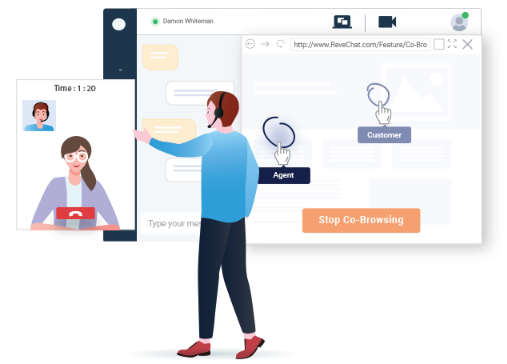
How can live engagement tools help set great customer intimacy examples?
- Faster solution – Using video chat helps to identify the issue in the first go and deliver quicker and effective solutions.
- Personalized interaction – With video chat, interaction is at a personal level that comforts the customer while talking with the support rep.
- Improve first contact resolution (FCR) – Cobrowsing ensures to understand where exactly the customer is facing the issue and fix it in the first go.
- Lesser touchpoints – With the digital tools you can ensure customers’ solutions in the first interaction itself.
5. Consistently Align with your Customer Needs
In today’s dynamic business landscape, where customer needs are continuously changing, one must probe and ascertain few things such as:
- The latest features that the product/service be compatible with
- As a business how customers are benefited
- The USPs or unique and competitive differentiators of my product/service
- What business value are you offering to your customers
Focusing relentlessly on meeting customer needs and learning their evolving needs will help you stay ahead of the curve.
Also, extending towards developing a fine-grained understanding of the customer domain, and insights into their future will bring success in a competitive landscape.
6. Level Up your Personalization Efforts
Good product – Not enough
Affordable price – Not just enough
Businesses need to go beyond all these to set a great customer centric example.
In order to be customer-intimate, you must ensure your product or service answers your clients’ needs and connects with them on a whole level they expect.
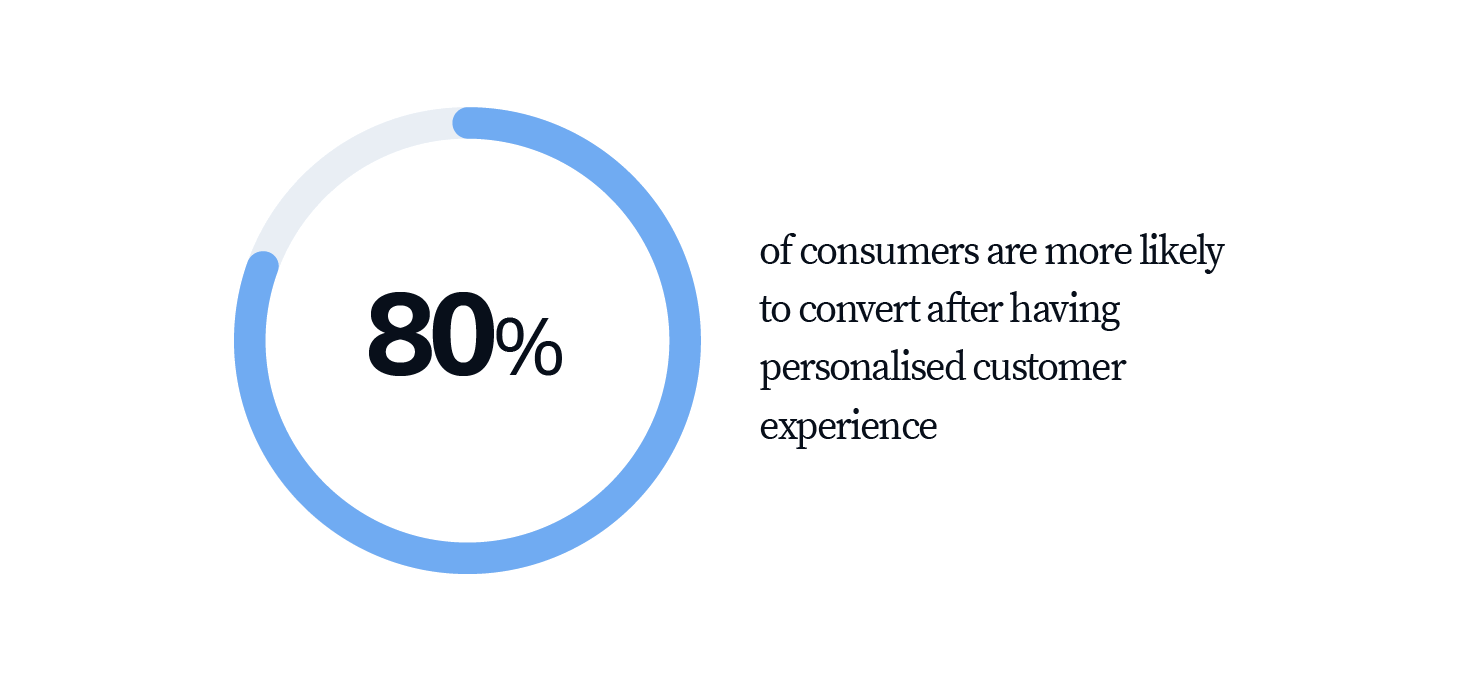
You can try out many things such as creating a Facebook campaign targeting a specific audience to allow clients to customize your products.
Here is a good customer centric example – Coca Cola’s campaign “Share a Coke” printed over 800 popular millennial names on the bottle label. And who doesn’t like receiving something with their name on it? Also, the well known U.S. retailer, Target conducts behavior research to understand customers shopping lists and then absorb their habits.
7. Make Customers Aware that they’re Valued
One of the best ways to make your customers feel that they are a part of your company is by asking for their feedback. Collecting feedback and implementing them shows that – you value their opinions.
Make sure, you always choose the right time to ask for customer feedback like after the chat session of a successful transaction.
You can also acquire it by appointing customer advisory boards, creating a forum for your customers to communicate, or reaching out to high-value customers and partners before product launches to get their input and ideas.
The feedback acquired can also be analyzed to generate valuable insights. The insights can help to recreate better products as per their needs.
8. Include Case Studies About your Customers.
Sharing positive customer experiences and success stories on the platforms of your previous customers frequently can be a great strategy for customer intimacy model.
Businesses can capitalize on social proof by writing case studies and soliciting testimonials from happy customers.
Not only will it make the customers happy but also the genuine information will help prospective customers to make a quick decision if they want to do business with you.
Furthermore, you will give the product or service a boost with your marketing materials and further bolster your customer intimacy.
9. Develop Brand Evangelists and Influencers
Whether good or bad, customers share their experiences with their near and dear ones, which is the key driver behind the growth of social media.
A well designed product or service recommendation in the right channel can do wonders in terms of strengthening the brand. Seeking out satisfied customers to give testimonials and serve as referrals for prospects is a great way to strengthen intimacy between customers.
You can plan out to execute a sensible influencer strategy to identify, nurture, and support customers who can be your brand-ambassadors, and serve as evangelists and influencers.
How to Measure Customer Intimacy?
The best way to grow something is by evaluating it and controlling it at the right time and in the right way. Similarly, customer intimacy also requires metrics to measure it.
The key KPIs might include:
- Net Promoter Scores (NPS) that shows the customers’ willingness to recommend the company to colleagues and friends.
- Customer Lifetime Value (CLV) metric helps the customer-intimate companies to measure potential customers who prefer to buy from the same company.
- Customer Satisfaction Scores (CSAT) helps to find out how much a customer is satisfied with the product or service on a scale of 1 to 10.
The results of satisfaction and retention measures should be further discussed with employees and core customers. It will create opportunities to improve service.
Furthermore, the satisfaction and retention scores can be used to help decide the training programs for the sales and service staff. Linking them to adequate employee training will confirm customer intimacy at the core of the company.
Final Thoughts
Customer intimacy continues to be one of the important avenues for value creation, and is a key cornerstone strategy to help businesses achieve product excellence. It is important to redefine what customer intimacy means in the digital era, and pursue a holistic, 360° strategy to achieve excellence in this crucial value discipline. Use REVE Chat to provide support to your customers where they need it. Sign up today for a 14 day free trial.




